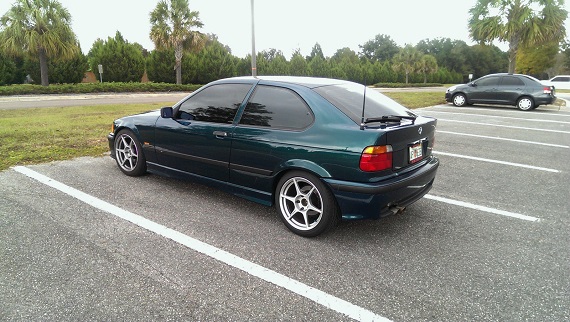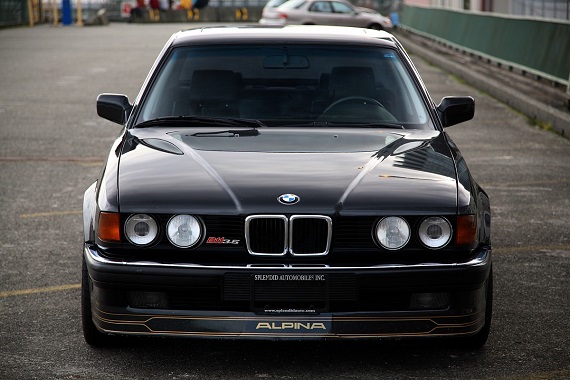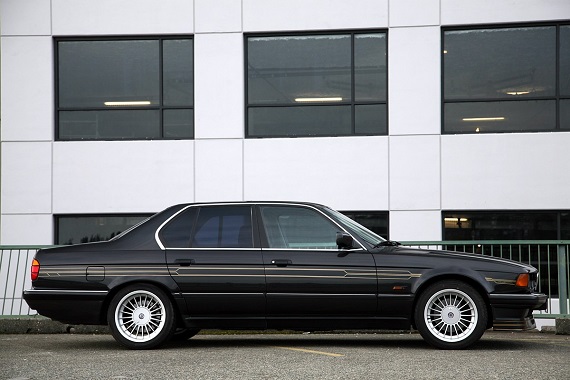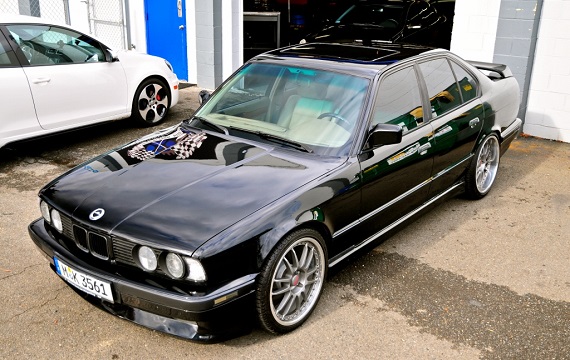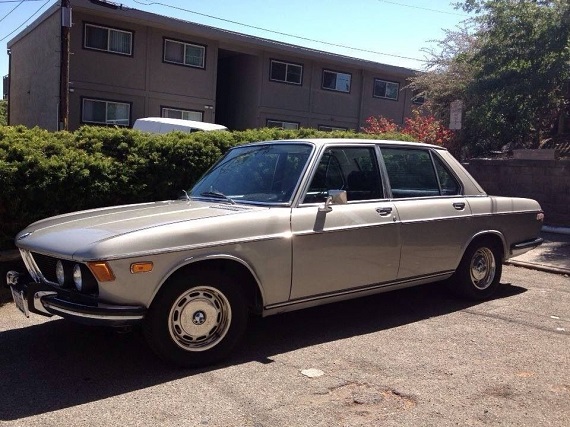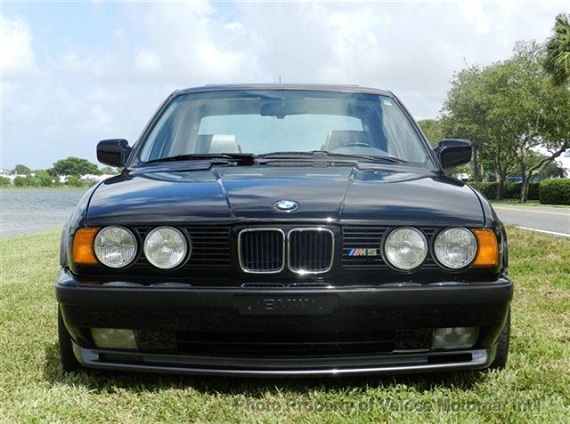Okay, so maybe the Renault 5 isn’t your thing. I get it, it’s not mine either. I like the ideal and audacity of the Turbo models with their mid-engined lunacy, but pricing on good examples is pretty outrageous and if the videos of them driving are to be believed, they’re not the best hatch dynamically. No, I’ve pretty much always been a Golf fan, having owned a few of them now. But I must admit I had a soft spot when the E35/5 hatch popped up for sale. To me, it combined some luxury looks with practical performance. And when I say performance, honestly there wasn’t much available. The M44 engine that was fit to the 318ti was a decent performer, but it had only 138 horsepower, and at the price point you were much better off getting a GTi VR6, which oddly was more luxury oriented than most of the 318tis and offered more performance. However, the base of the 318ti was a good idea; a smart looking, light and nimble hatchback with a manual transmission and rear drive. And, of course, being an E36 platform, it was ripe for engine transplants. Today’s example is one of the more rare M-Sport equipped models, but this one has yanked the M44 in favor of an odd choice – the M52B25:
Tag: inline-6
While many celebrate the E38 as the highpoint of 7-series design, I prefer the look of the E32. Perhaps that, in part, is because I was lucky enough to live with one for some time – one of the rare ’88 5-speeds, it was a car that I always enjoyed driving and especially enjoyed looking at. Granted, you could rightly claim that the E32 was stylistically not much more than a stretched E34. Is that such a bad thing, though? To me, the design language transferred really well and the E32 was well proportioned, modern looking and yet immediately identifiable as a large BMW,and yet muscular flares and a slight tick up in the body line towards the trunk was a built-in spoiler. The E38 took this design and refined it even more, with sleeker lines and a more dramatic drop in front – probably one of the main reasons, along with some killer wheels, that people prefer the later design. But outfit an E32 with lower suspension, a deeper air dam and some killer wheels, and the design is pretty awesome. The stripes don’t hurt, either – nor does the top-tier name Alpina painted all over:
CLICK FOR DETAILS: 1990 Alpina B11 3.5 on eBay
4 CommentsIn the 1980s and early 1990s, Dinan was still on the cutting edge of performance tuning. As with Reeves Callaway, Steve Dinan had started turbocharging BMWs to create supercar-slaying sedans and coupes. At that point, Dinan was a lesser-known tuner than the likes of Alpina and Hartge, but the results of their turbocharging the S38 in the BMW M6 notably gained the car the nickname “The Annihilator”. That should tell you something of the level to which Dinan Cars brings their creations to whilst retaining the original attributes of the base car. It’s a special combination that resulted in Dinan being incorporated into the BMW dealer network; today, cruise down to your dealership and you can buy Dinan products and software upgrades for just about any model and retain your warranty. Because of that connection, an appreciation for early Dinan cars continues to grow though in general they remain more affordable than their German tuner counterparts. They are, however, just as rare to come across – especially when they come in the condition of today’s 1991 535i, one of the last of Dinan’s inline-6 turbo creations:
CLICK FOR DETAILS: 1991 BMW 535i Dinan Turbo on GCFSB
6 CommentsI have a soft spot for the Bavaria. It’s not because it’s the best looking BMW from the 1970s, or the fastest. It’s not the most collectable, either – but as a result, the Bavaria might just be the rarest of the 1970s BMWs. To me, I can appreciate this coming from a background of loving Audis – most of which are quite rare today. The look of the Bavaria is even very similar to the Audi 100, and like the 100 very few examples are left kicking around. But the Bavaria was nonetheless an important move for BMW, taking on the larger executive market with an upscale big-body 4-door:
CLICK FOR DETAILS: 1972 BMW Bavaria on eBay
1 CommentAs has happened with other series of cars, such as Audi S4s, there are currently several generations of BMW M5s that are converging on value, leaving you with some hard decisions as to which you’d prefer. Indeed, from their start through the E60 M5, the sports sedan got larger and heavier, but gained 2 cylinders per generation and corresponding power levels. The E34 BMW M5 was a refinement and softening of the E28 original design but kept the race-bred S38 inline-6. Purists eyebrows raised when the new E39 M5 launched with a 5 liter V8, but the 400 horsepower soundtrack has subsequently has become a serious legend and fan favorite. Purists once again held their breath as the E60 M5 launched, now with a 5 liter V10 – a high revving, howling banshee of a motor. All of them are serious forms of motivation, and the value of the first 4 generations are all coming into line. While I wasn’t able to find a good example of an E28 M5 for this writeup, I have the subsequent three generations to check out – which would you choose?
